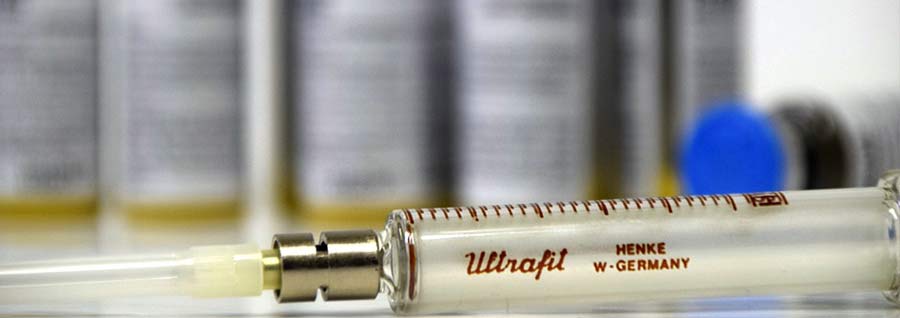Why Is Esthetician School So Expensive?
Esthetician school can be a significant financial commitment, causing many aspiring beauty professionals to wonder why the costs are so high. Understanding the factors that contribute to the expense of esthetician education helps prospective students make informed decisions about their investment.
1. Curriculum and Course Structure
One of the primary reasons esthetician programs are costly is the comprehensive curriculum offered. These programs cover a variety of topics, including skin anatomy, facial treatments, makeup application, and hair removal techniques. Additionally, students are often required to learn about various skincare products, safety protocols, and business practices, which necessitates rigorous training and a well-structured program. Even though costs may vary by institution and location, the depth and breadth of the curriculum contribute significantly to overall tuition prices.
2. State Licensing Requirements
Becoming a licensed esthetician is a key requirement for practitioners entering the workforce. Each state has its own regulations regarding the number of training hours needed for licensure, often amounting to 600 to 1,500 hours of education. This extensive training period translates into higher educational costs. Students pay for necessary instruction, practical experience, and appropriate facilities, increasing the overall tuition fees.
3. Quality of Instruction
The quality of instructors can significantly influence the cost of esthetician school. Reputable programs often employ industry professionals with extensive experience and qualifications. The investment in hiring certified instructors, coupled with ongoing training for faculty, ensures that students receive an education that meets current industry standards and trends. While this impact on tuition may seem steep initially, it benefits students in terms of knowledge and job market readiness.
4. Equipment and Facilities
Esthetician programs require specialized equipment and products for hands-on training. This includes skincare lines, massage tables, and other tools essential for practical education in esthetics. Moreover, maintaining a modern, fully-equipped facility that meets accreditation standards adds to operational costs, which are ultimately passed on to students. Institutions must continuously invest in new technologies and products to keep their curriculum relevant and effective.
5. Financial Aid Opportunities
Despite the high costs associated with esthetician school, various financial aid options are available to help alleviate the burden. Many schools offer scholarships, grants, and payment plans to assist students in managing tuition fees. Additionally, federal student loans may be available for qualified students, making it easier to invest in an education without immediate financial strain. This indicates that while the upfront costs can feel overwhelming, support systems exist to help students finance their education.
6. Factors Influencing Geographic Location
The cost of esthetician school can fluctuate greatly depending on the geographic location of the institution. Schools situated in urban areas typically charge more due to higher operating costs, including rent, utilities, and staff salaries. Conversely, institutions in less populated regions may have lower tuition fees. When exploring esthetician programs, prospective students should consider location as a critical factor impacting educational costs.
7. Return on Investment
Esthetician school can indeed seem pricey, but one must weigh the potential return on investment (ROI). The beauty and skincare industry is continually growing, leading to ample job opportunities for licensed estheticians. Graduates often find positions in salons, spas, hotels, and dermatology clinics. With average salaries that can range significantly based on experience, location, and specialization, many graduates recoup their educational expenses within a relatively short period following graduation.
8. Demand for Skilled Professionals
The rising demand for skincare services continues to drive the cost of esthetician school. As more individuals prioritize personal grooming and skincare, the need for certified estheticians increases. Schools seek to prepare students effectively for an industry that values quality training, thus justifying their tuition fees. As a result, students are encouraged to view the cost of education through the lens of future job opportunities and advancements in a thriving industry.
Conclusion
In conclusion, while esthetician school can be expensive, several factors contribute to this pricing structure, ranging from comprehensive curricula and state licensing requirements to the quality of instruction and necessary facilities. Understanding these elements equips students with the information they need to navigate their educational journey. The investment in esthetician education can lead to rewarding career opportunities in a growing field, making it essential for aspiring professionals to evaluate both the costs and potential returns.





